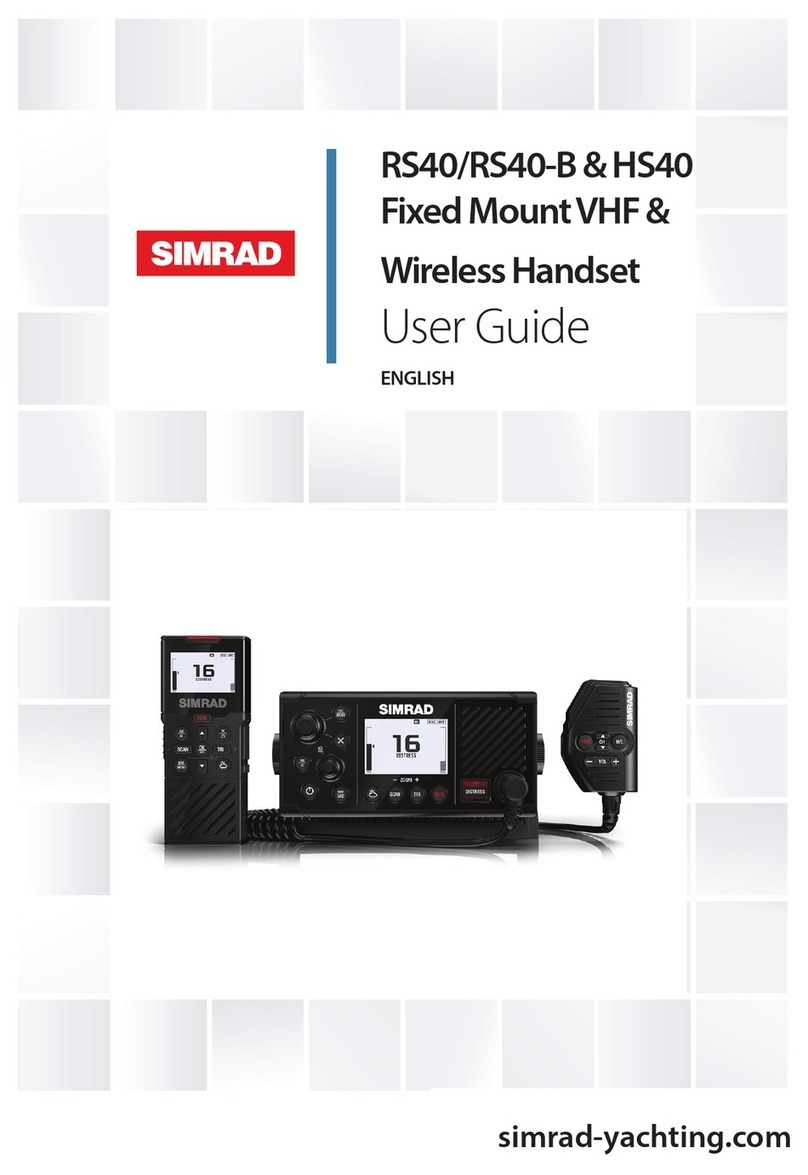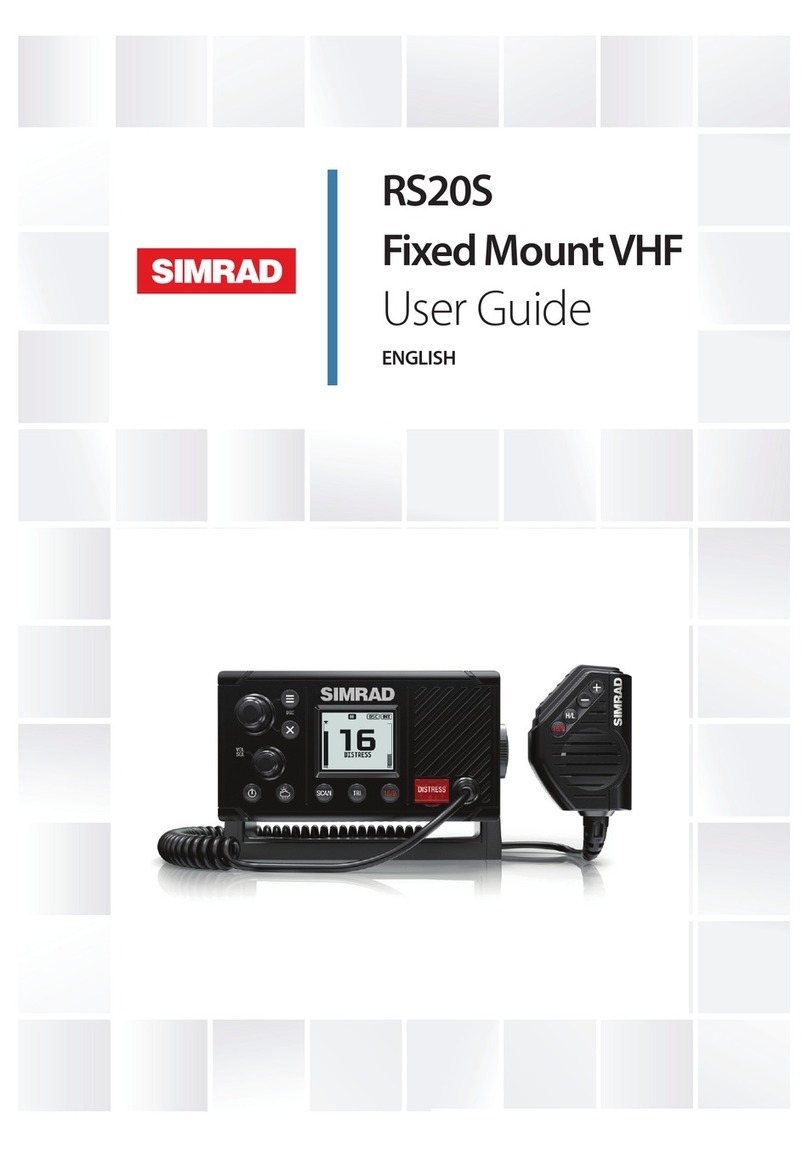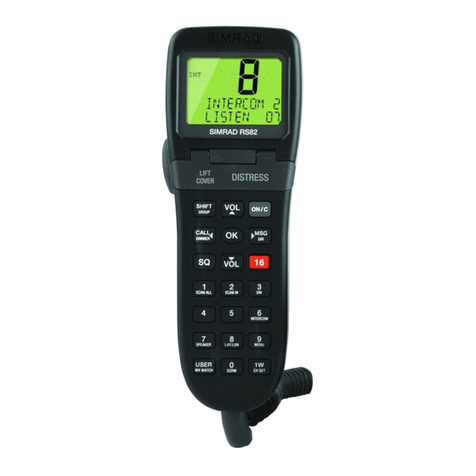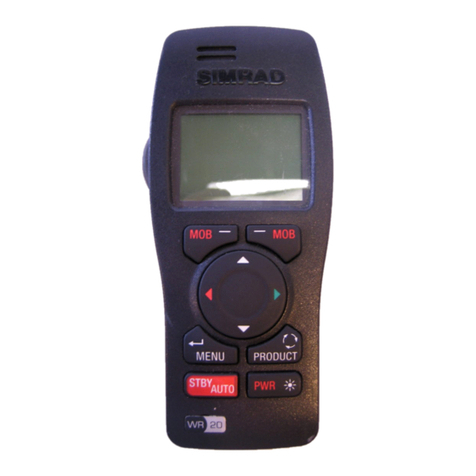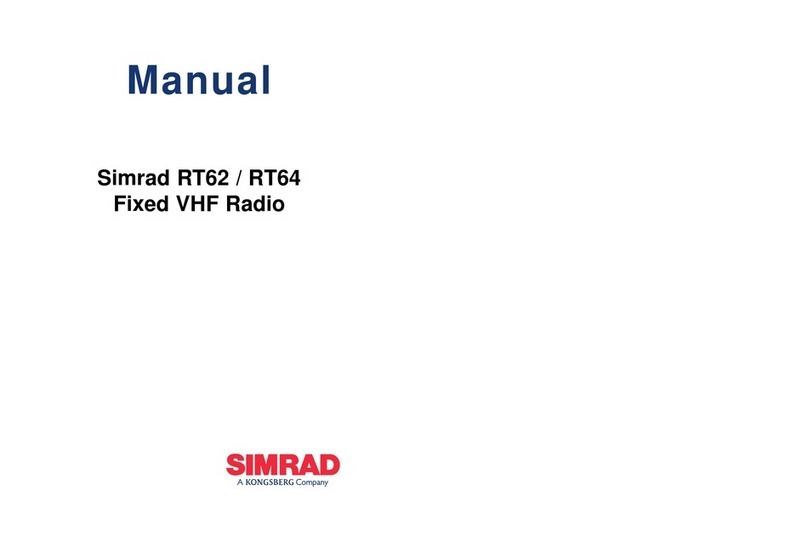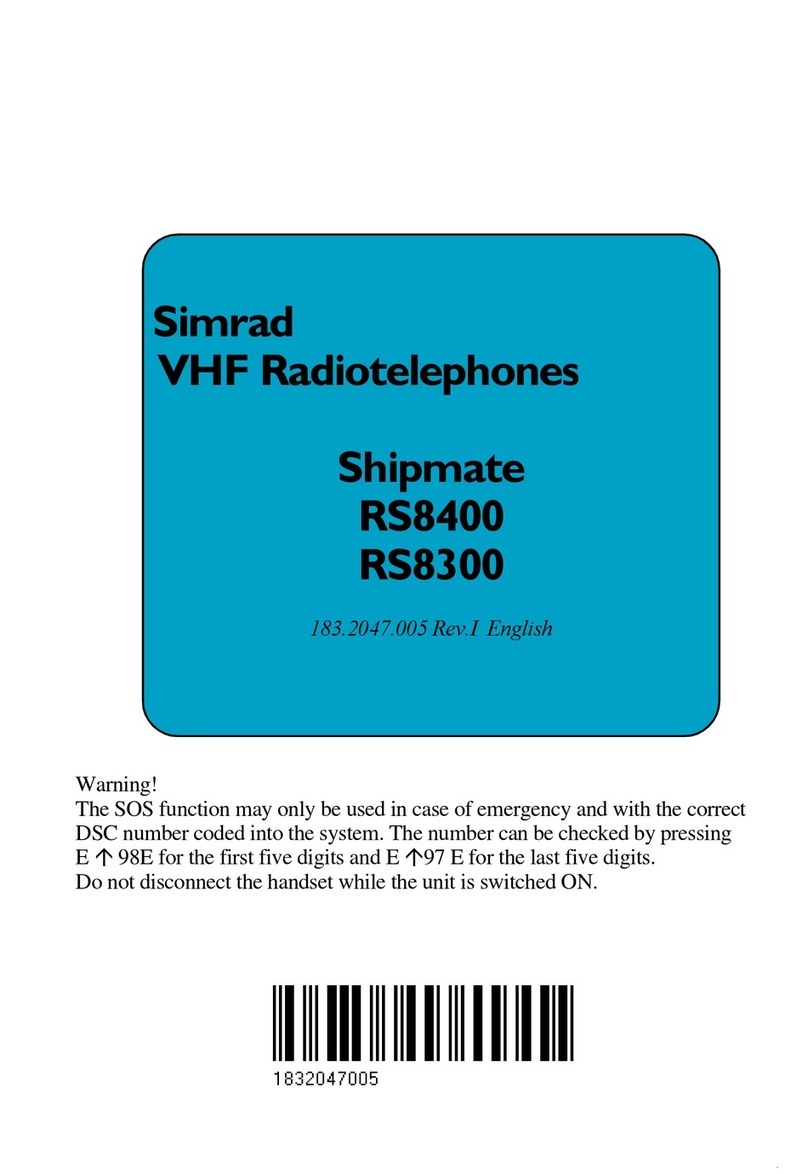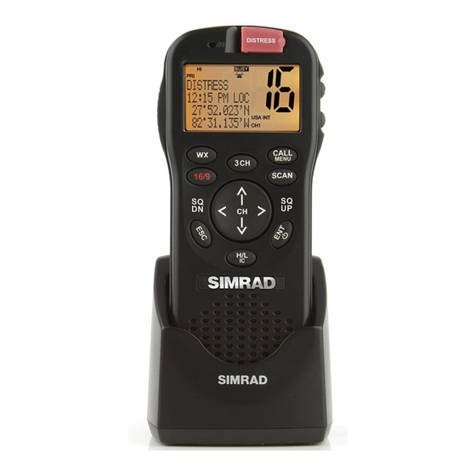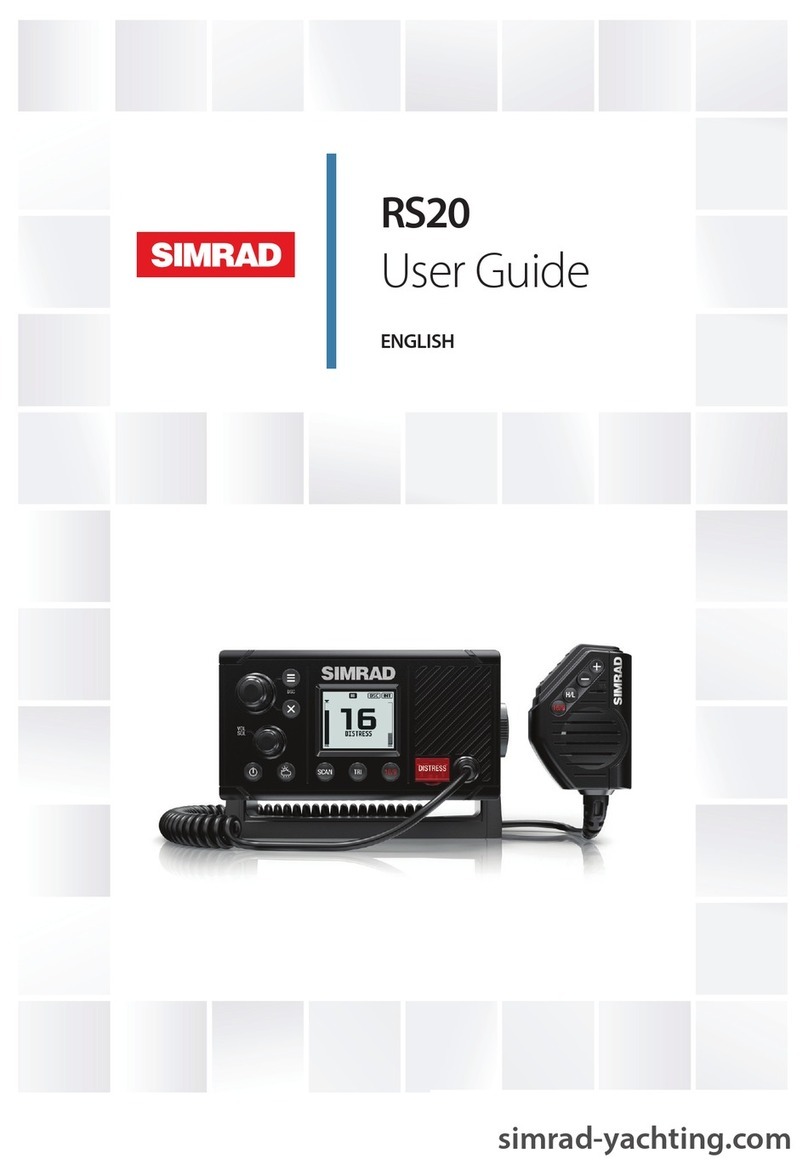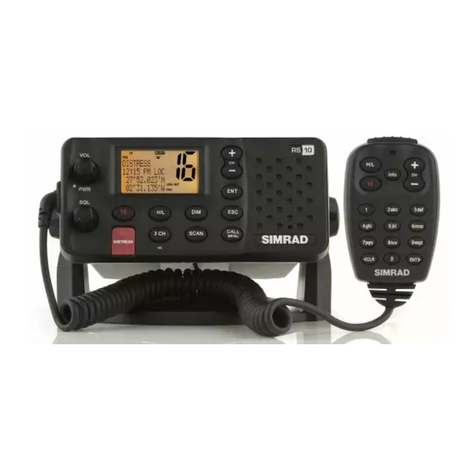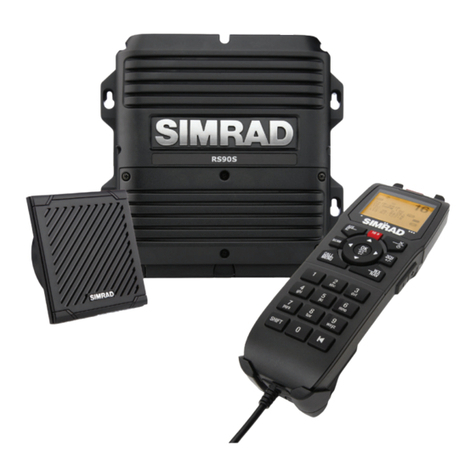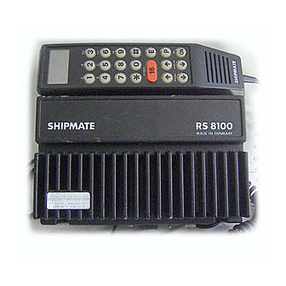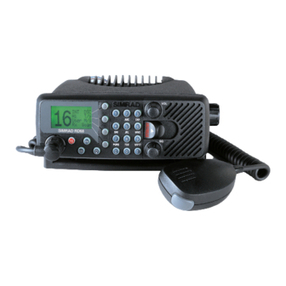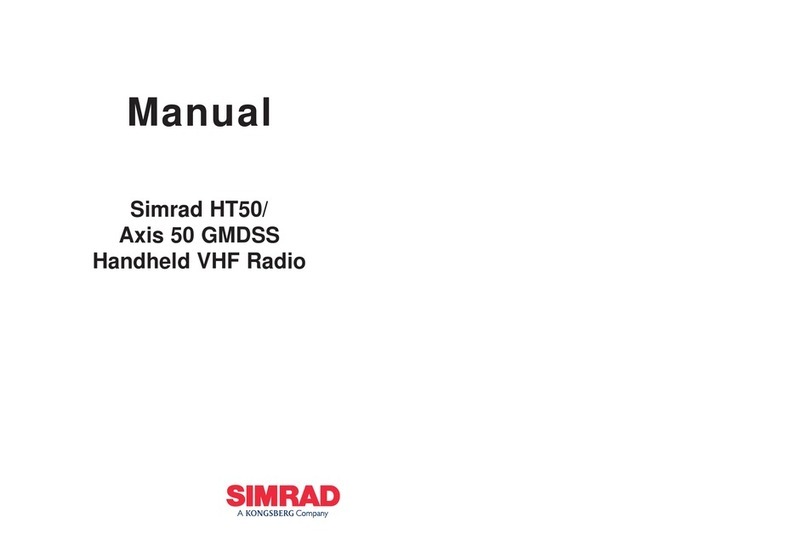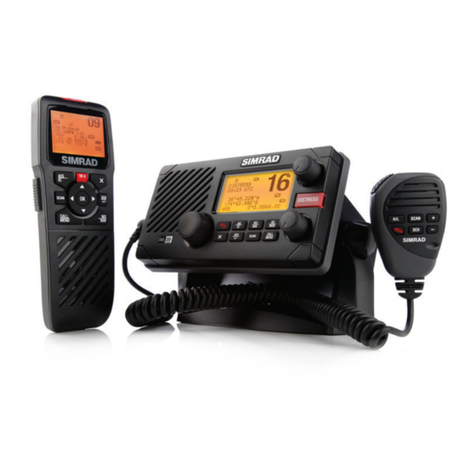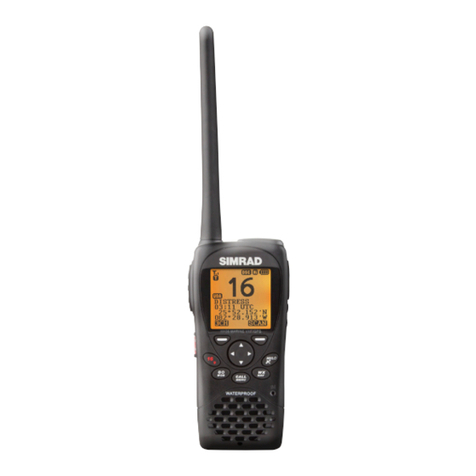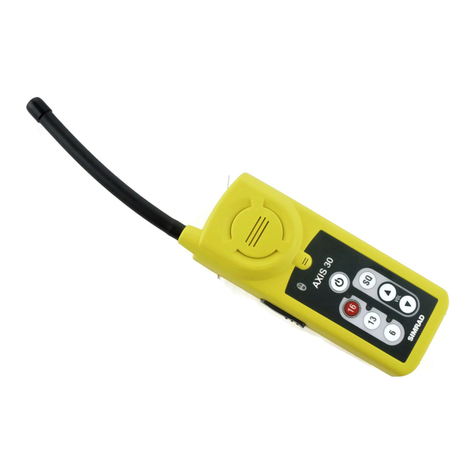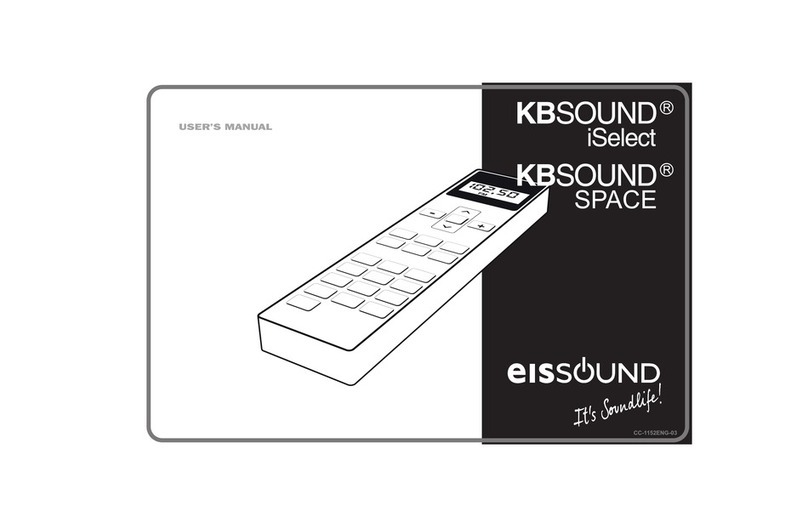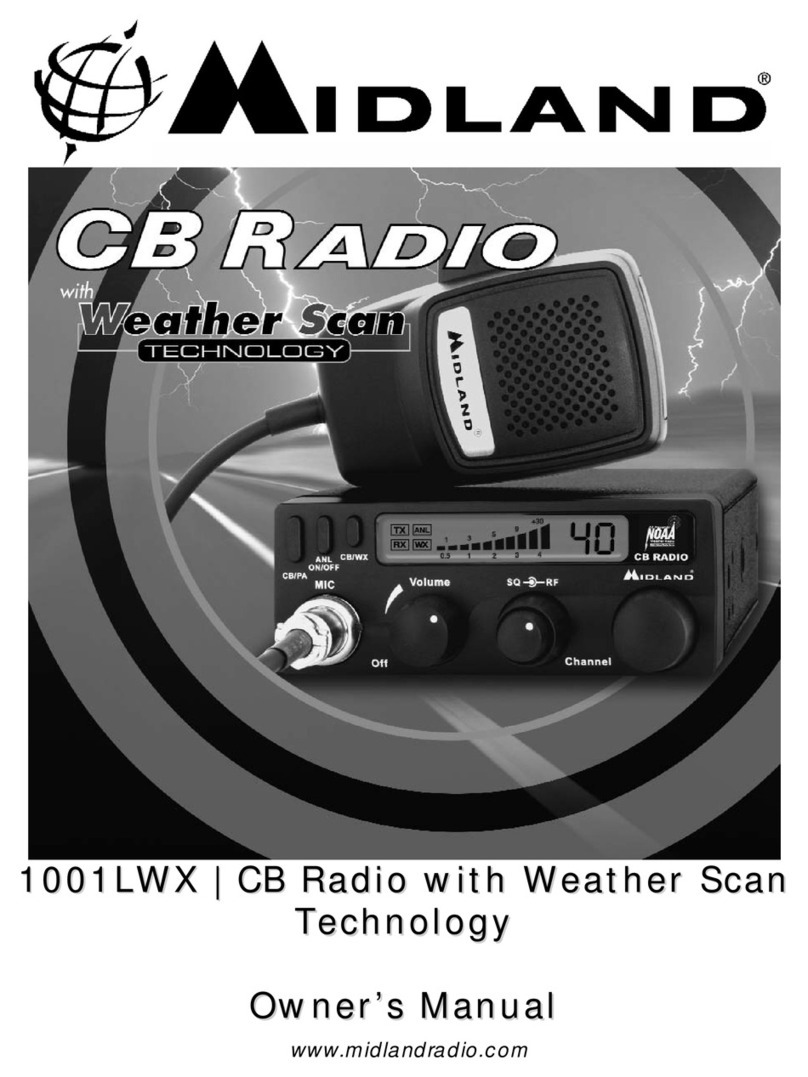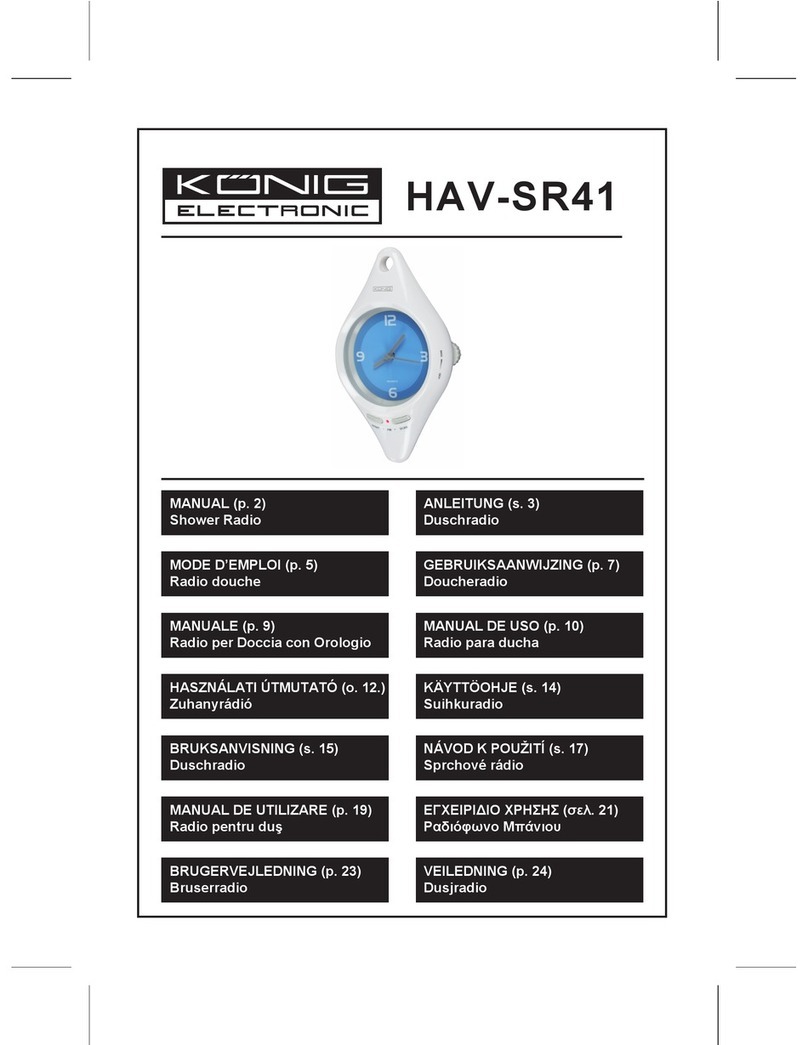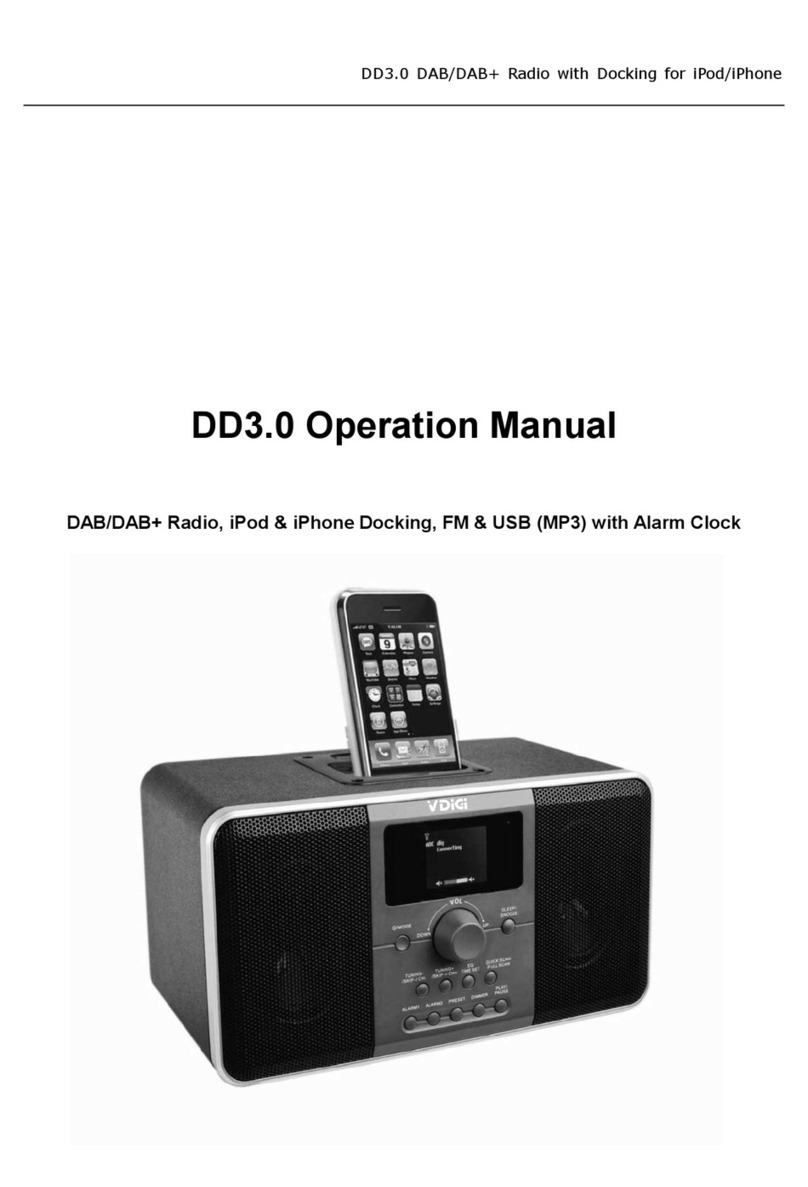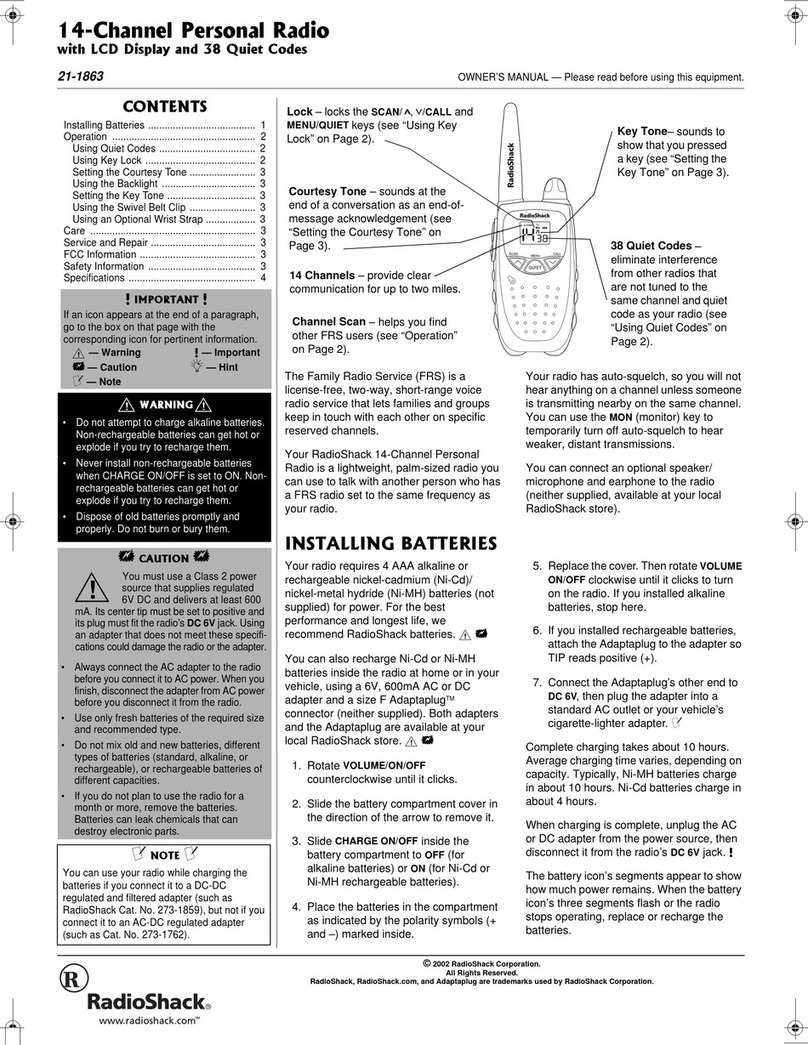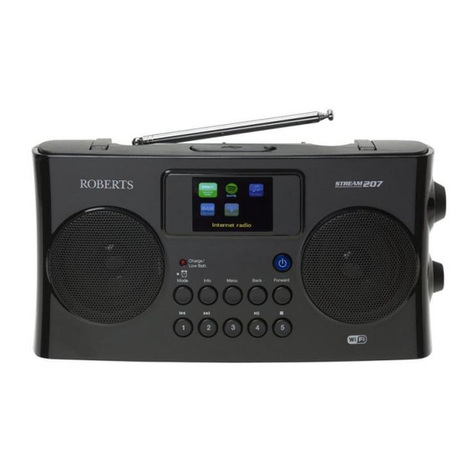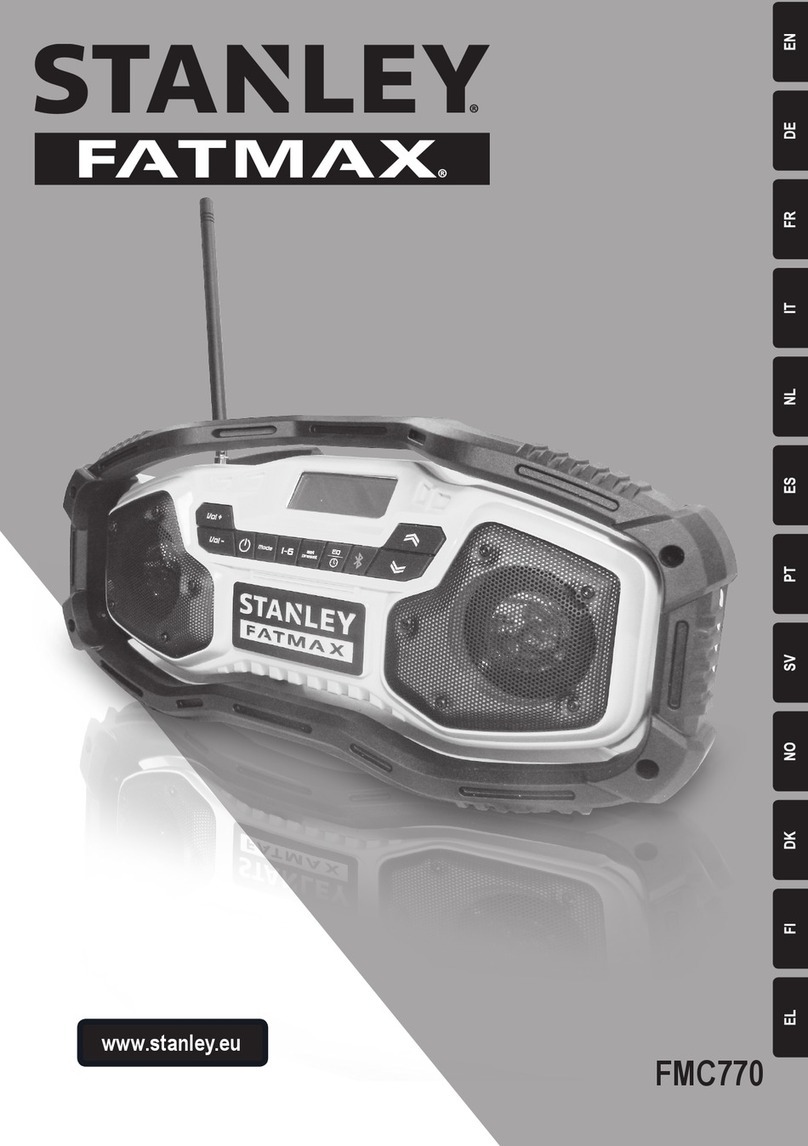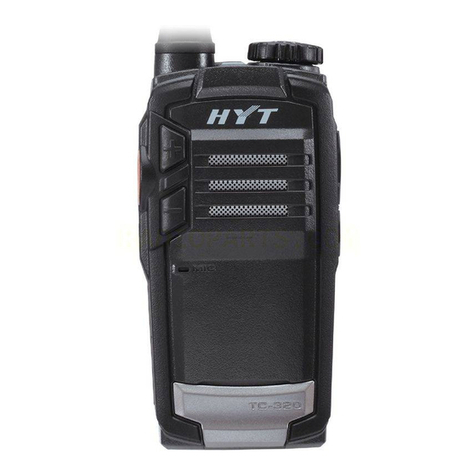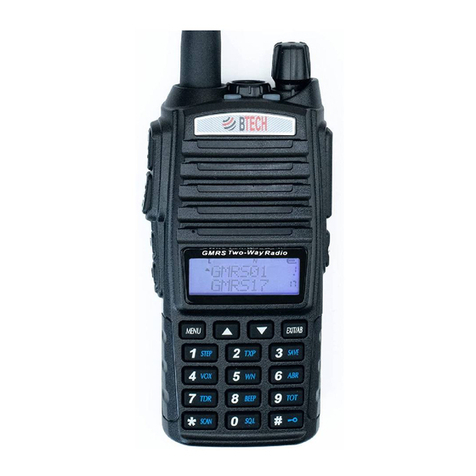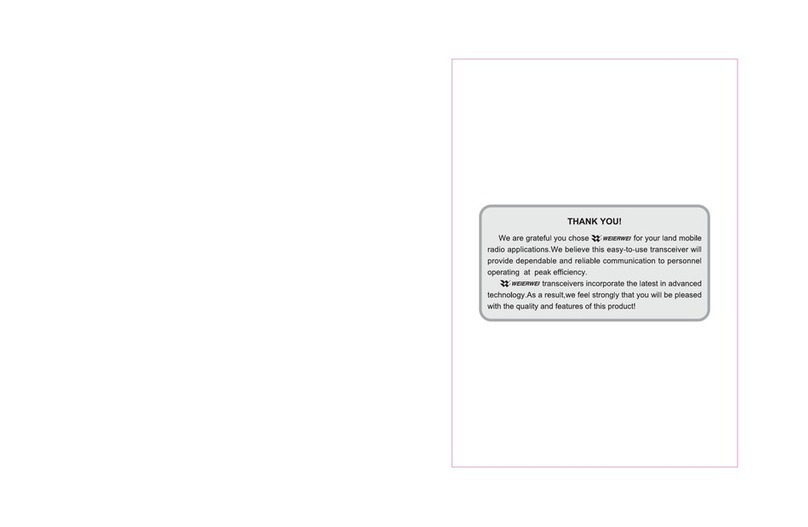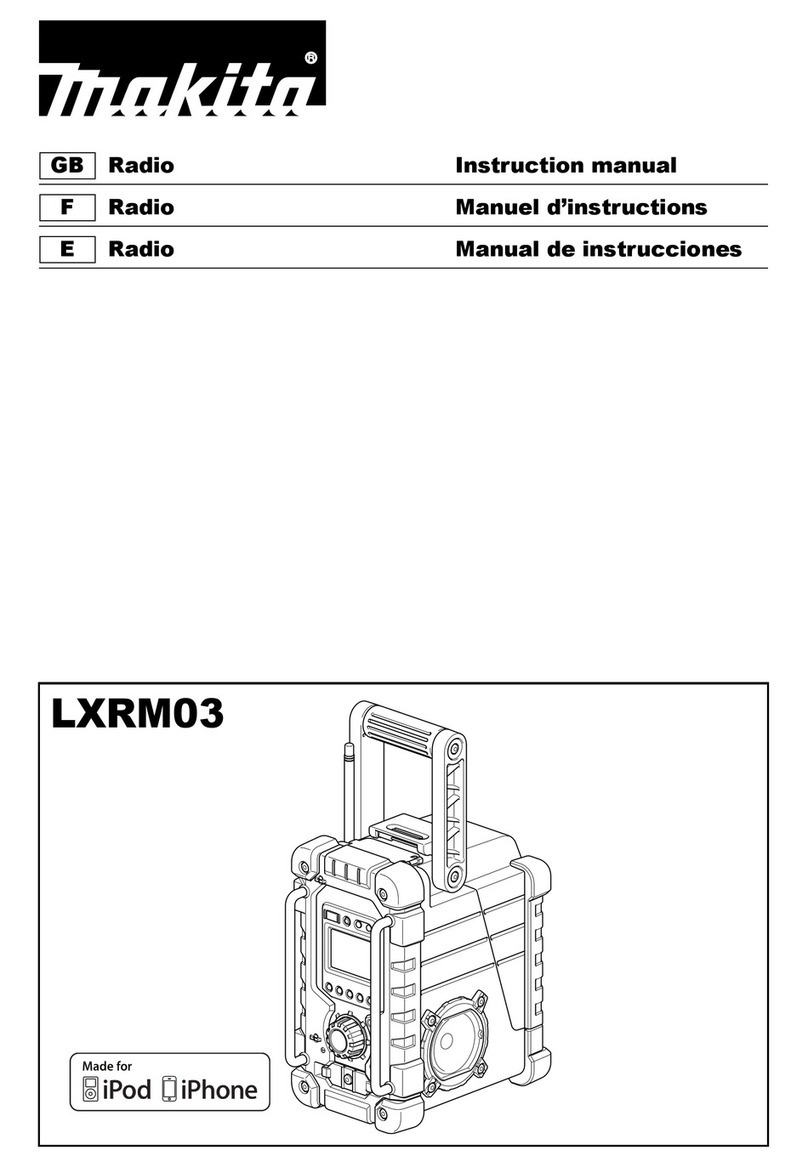
DRAFT
DRAFT 7
5 CIRCUIT DESCRIPTIONS
Introduction
The HT50 consists of 2 PCB assemblies. The RF PCB assembly, Navico Part No.
E03466, contains all the transmitter and receiver circuitry including the synthesiser and
Voltage Controlled Oscillator (VCO). The control PCB assembly, Navico Part No. E03463,
houses the microprocessor, user controls, audio and supply regulation circuitry and the
LCD drivers. The RF and Control PCBs are interconnected via a 20 way multi-connector.
5.1 Radio Frequency PCB. Refer to Drawing No. E03464.
VCO and Frequency Synthesis. A crystal controlled oscillator operating at 21.85
MHz comprising transistor TR10, Crystal Xtal 3 and associated components
provides the reference frequency for the synthesiser and acts as the second Local
Oscillator in the receiver. The synthesiser IC3 is loaded with data from the Control
PCB to select the frequency divide ratios appropriate to the channel selected. The
Voltage Controlled Oscillator (VCO) is tuned by applying the output of the
synthesiser to varactor diode CV2 via the filter C69, R43 and C71. The VCO
operates at the fundamental frequency in transmit mode and at 21.4MHz below the
receive frequency in receive mode. Modulation is achieved by applying the
modulating signal, provided from the Control Board, IC7, to Varactor Diode CV1
and hence to the VCO. The VCO output is fed to buffer amplifiers TR4 and TR5 via
R24 and C47and the output of the buffer is tuned by L11 and L12 with appropriate
capacitors selected, for receive or transmit, by Pin Diodes PD5 and PD6.
Transmitter. The output from the VCO buffer is fed via Pin Diode PD4 and C35 to
the PA Driver stage TR3 which provides about 15 mW drive to the RF Power
Module IC1. Synthesiser IC3 (pin 16) generates an “In Lock” signal, to indicate
that the VCO is in lock, which is applied to transistor TR9. When the VCO is out of
lock, Transistor TR9 inhibits Transistor TR8 and isolates the supply to the PA stage.
Power control is achieved by monitoring the RF output and comparing the rectified
sample with a predetermined level in IC2. Power levels are adjustable through
variable resistor VR1, for low power, and VR2 for high power. The rectified signal
sample is also fed to the Control Board via Transistor TR11 to provide confirmation
that power is being radiated.
The output from the power module is fed via pin diode PD1 to the input/output filter
L1, L2, L3 and associated capacitors. This limits the necessary frequency response
to avoid unwanted harmonic emissions. Pin diode PD2 is enabled when
transmitting to inhibit the signal to the receiver and avoid damage to TR1.
Receiver. The received RF signal from the antenna is applied to a low pass filter
L1, L2, L3, L4 and associated components and to bandpass filter L5 and L6 with
associated capacitors. The signal is amplified by Transistor TR1 and further filtered
by L7 and L8 and associated capacitors.
